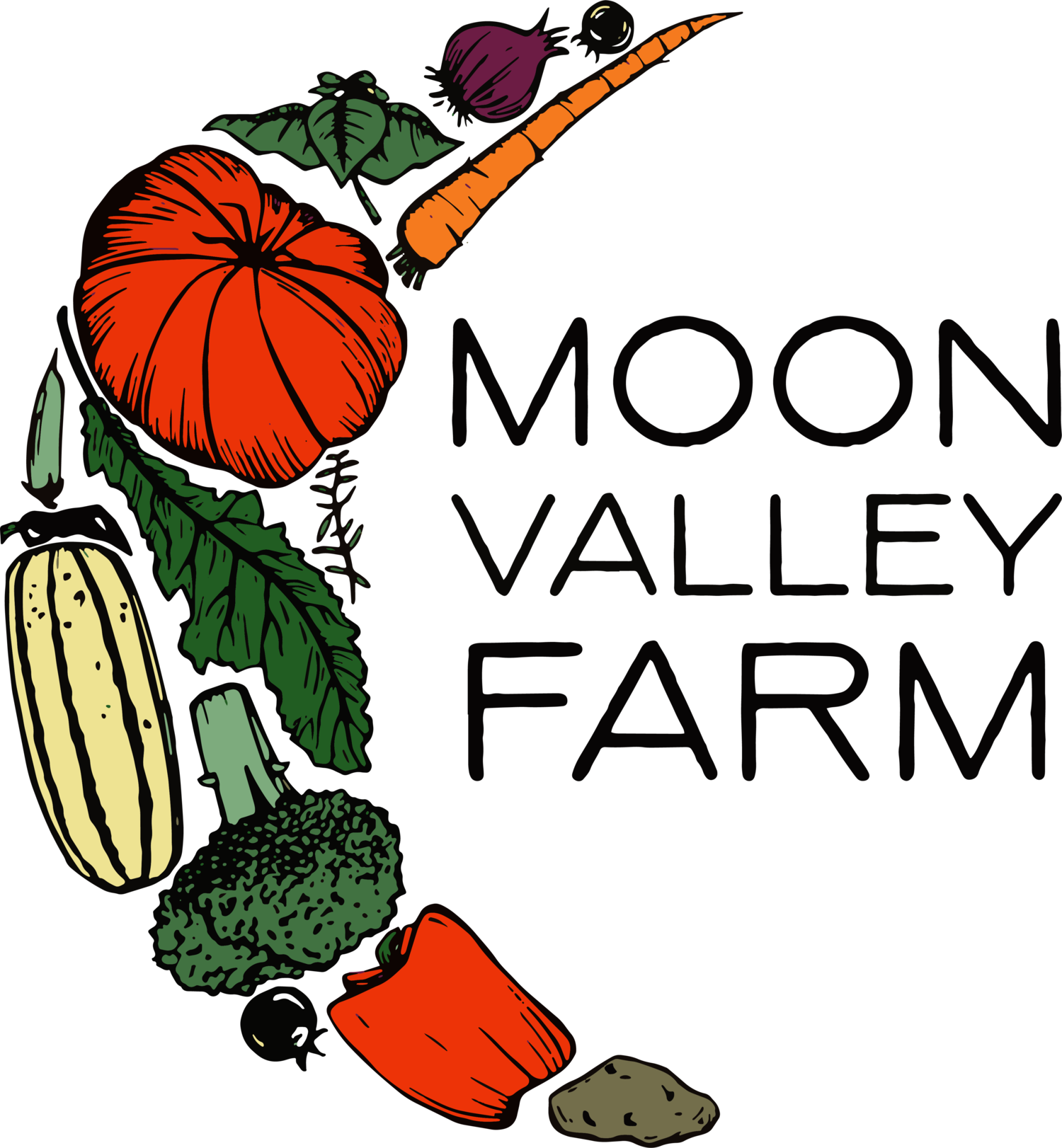Climate Resilience + Organic Farming
Wildfire haze
Floods, droughts, wildfires, hurricanes, extreme heat, extreme cold, unpredictable weather patterns. Climate change is the biggest threat to our farm and livelihood and farmers need support to survive – so we can feed YOU.
Here’s a bit of a deeper dive into exactly how climate change is affecting our farm and what we need to do to survive it.
Extreme weather patterns increase our need for greenhouse infrastructure to ensure consistent year-round harvests that restaurants count on. Greenhouses allow us to add shade cloth in extreme heat to keep our plants cool, and to add heat when we experience extreme cold. Greenhouses allow us to better control irrigation and protect from frost/freeze damage. Unpredictable frost dates in the Spring and Fall greatly increase our risk of crop loss early and late in the seasons, so we need to move many of our plantings inside greenhouses instead of the fields. Using greenhouses is effective yet it requires massive upfront costs. Heavy winds, hail, snow storms and hurricanes damage our greenhouses requiring deeper investment. The cost of our 1 acre of high tunnels is around $250k, and I estimate we need another 2 acres in greenhouse infrastructure to ensure high-quality crops in all seasons.
Wind damage on high tunnel
Climate change is warming winters faster. This causes additional pest life cycles, as fewer pests are killed off and they’re able to emerge and reproduce earlier in the year. Warming winters also cause crop diseases to come earlier. Increased pests and diseases lead to greater crop damage if we don’t increase our input use – we estimate our input costs have risen 50% in the past 5 years - damaging our already thin margins. To survive, we’ve had to increase our prices across the board.
Thunderstorms and winds cause power outages that affect our cold storage which ensures food safety necessitating additional investments in back-up generators - ours cost $15,000 - to prevent massive food loss. Increased hail events cause major tree fruit and field-grown produce losses. Just in 2023, our region’s biggest peach harvest was ruined by hail that rendered all the fruit “seconds'' and dramatically decreased its shelf-life and value. Droughts decrease yields of reliable crops like winter squash. In 2022, we lost 30,000 pounds of squash due to drought.
We store crops in different temperature coolers depending on the veggie. Winter squash all have different storage lengths depending on the variety. For example, butternut and Tetsukabuto squash last up to six months, where pumpkins store up to four months. Another way we are able to store crops is by cutting the tops off of vegetables with greens like radishes, turnips, and beets.
8 inches of rain in just one day, after months of drought in 2021
Climate change causes heavier storms with intense rainfall, increasing nutrient run-off and soil erosion – damaging waterways and our bottom lines. Farming organically is a key part of Moon Valley Farm’s climate resilience strategy. Unlike row crop farms, farming organically requires large buffer zones which help prevent erosion even in big rain events. Prioritizing soil health means cover cropping much of our acreage in lieu of “cash cropping” it to help smother weeds, restore nutrients and protect the soil microbiome. Farming organically means making investments in beneficial insect planting, and ALL of these investments require the farmers to have extra land, extra labor, extra seed money to execute these strategies. In years when our main crops are destroyed due to climate extremes, we struggle to make ends meet and cannot afford to make these necessary investments without additional support.
In times of climate change, I believe the biggest challenge will be for farmers like us - diversified organic farmers - to continue to invest in long term investments required for long-term soil stewardship.
If we are exhausting all of our resources on fixing, repairing, making up for crop losses, and just surviving — we will be unable to make long term investments in planting trees, planting cover crops, investing in soil amendments to prioritize healing and health.
Organic farmers like us need support for infrastructure, climate smart & long term soil stewardship initiatives so we can help be a SOLUTION to climate change and not just a victim of it. We want to feed our communities through hail and high water - and we can’t do it alone.
The weight of major global issues can easily make us feel helpless. HOWEVER, if we can’t do more to change the climate or wars or pandemics, let’s focus on what we CAN do. We CAN choose to eat more of our food from local sources. Our customers have made a HUGE difference in our ability to grow food, and the numbers prove it.
The more CSA subscribers we get, the more land we have been able to farm.
The more restaurant customers we get, the more we’re able to invest in infrastructure that allows us to decrease our losses in these dramatic weather events.
The more online market customers that order from us, the more we can invest in the biodiversity of our farm to increase our resilience.
The more we can serve our local schools, the more employees we can hire to further fuel the region’s economy.
Want to help? Join our CSA! Give us a 5 star review! Follow us on social media! Join our email list! Share this email with a friend! YOU are helping to increase our region’s food economy by supporting our farm. Choose to shift some of your food dollars to local farms and we will be here through it all. We are going to take care of our own communities first. Together we can make a big difference.




